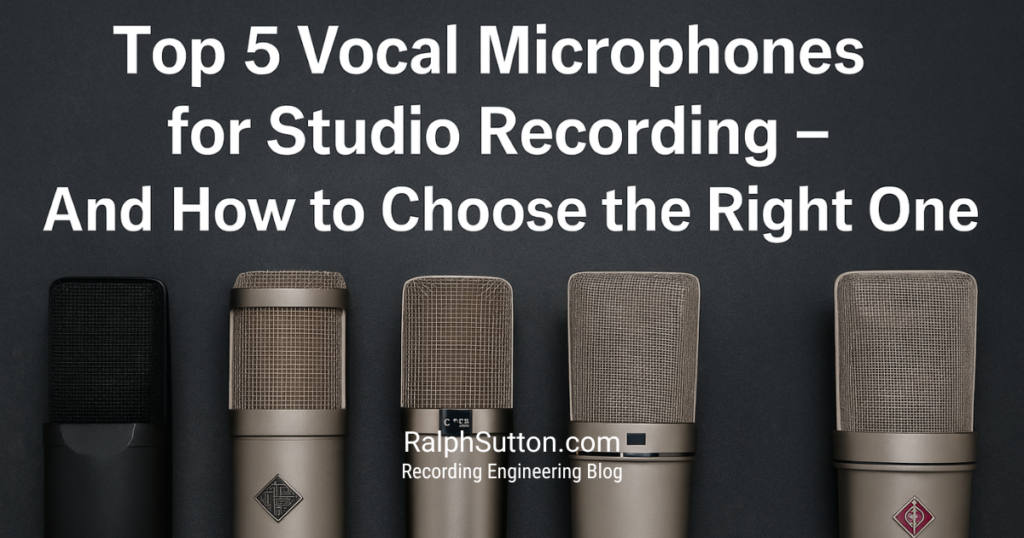Top 5 Vocal Microphones for Studio Recording – And How to Choose the Right One
Ralph Sutton on the Power of the Right Microphone
In my 40+ years as a recording and mixing engineer, I’ve learned this:
The microphone is everything.
It’s the first step in translating emotion into sound. It’s the tool that either captures a great performance—or lets it fall flat.
I’ve recorded at legendary studios like EastWest and engineered sessions for vocalists across Jazz, Funk, Soul, R&B, and Gospel. From delicate phrasing to raw power, I’ve matched voices to microphones in ways that bring the performance fully to life.
This post is for artists, producers, and serious creatives who want more than a plug-and-play setup. It’s for those who want to work with a professional who understands how to pair a voice with the right microphone to create that “wow” moment.
If that’s you, you’re in the right place.
Let’s talk microphones—and how I use them to capture unforgettable vocal performances.
🎯 Why the Right Vocal Microphone Matters
A vocal mic isn’t just a piece of gear—it’s the first decision in your entire mix.
When I walk into a session, the mic choice is already shaping how the final record will feel. Here’s what I consider when choosing the perfect mic for a vocalist:
Tonal Character Matters
Bright voice? You’ll want a mic that softens the highs. Smoky tone? You need detail and lift. Your mic should support the vocal, not fight it.Genre Guides the Selection
A tube condenser might add magic to a Soul ballad—but muddy up a fast-paced Funk verse. I choose tools that fit both voice and vibe.Microphone = First EQ Move
Before any plugin touches the track, I’m already crafting the sound with the microphone itself. That’s where tone is truly born.
And if you’re in a project studio or looking for the right studio to book, this is where working with someone like me makes the difference.
You don’t want trial-and-error—you want results.
Let’s dive into the five microphones I trust to deliver that result every time.
Ralph’s Top 5 Vocal Microphones for Studio Recording
When it comes to vocal recording, I don’t guess—I choose microphones that I know will deliver. These are five microphones I regularly reach for when I’m capturing standout performances in the studio. Each one offers something unique, and I’ve personally used them to produce recordings that stand the test of time.
1. Neumann U 67 – The Vocal Shaper
If I had to bring just one mic to a vocal session, it would be the Neumann U 67.
This legendary tube condenser captures rich mids, soft highs, and tight lows—making it perfect for expressive vocals that need space to breathe. Whether I’m working with a soul singer, jazz vocalist, or a frontman in a live band, the U 67 brings a smooth presence that makes mixing easier and more musical.
🔧 Why I Use It:
The U 67 flatters a wide range of voices while maintaining natural detail and depth. It adds musical warmth without sacrificing clarity—ideal for high-end recording sessions where character and accuracy must coexist.
🎙️ Use Case:
Exceptional for capturing warm, emotional lead vocals. It pairs beautifully with high-end tube or optical compressors, enhancing intimacy and presence without sounding hyped or artificial
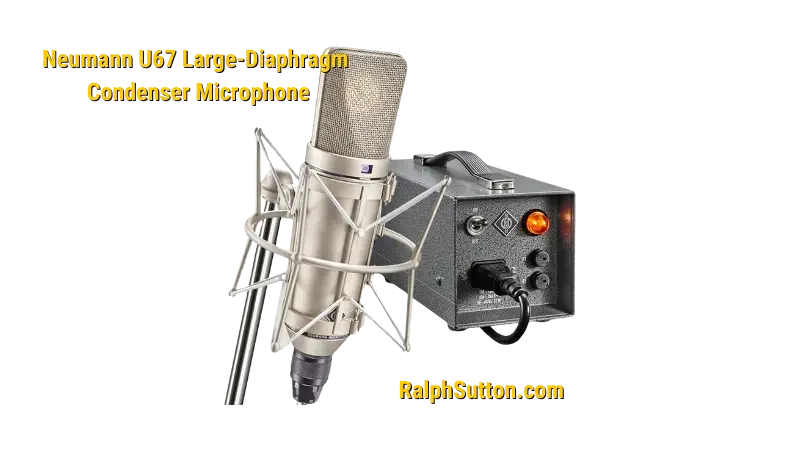
2. Telefunken ELA M 251 – The Velvet Brush
There’s a reason engineers call this one the queen of vocal microphones.
The Telefunken 251 adds a level of airy elegance that’s hard to beat. This mic brings clarity to softer voices and detail to louder ones, all while painting the top end in silk. It shines on female vocalists, falsetto-heavy performances, or ballads that need to float.
🔧 Why I Use It:
When the vocal is the centerpiece, the 251 delivers. It has a luxurious, open tone that makes the performance feel emotionally rich and sonically “expensive.”
🎙️ Use Case:
Perfect for lead vocals that demand clarity and warmth without harshness. A top choice for Neo-Soul, R&B, and Jazz ballads where vocal texture and tone need to shine.
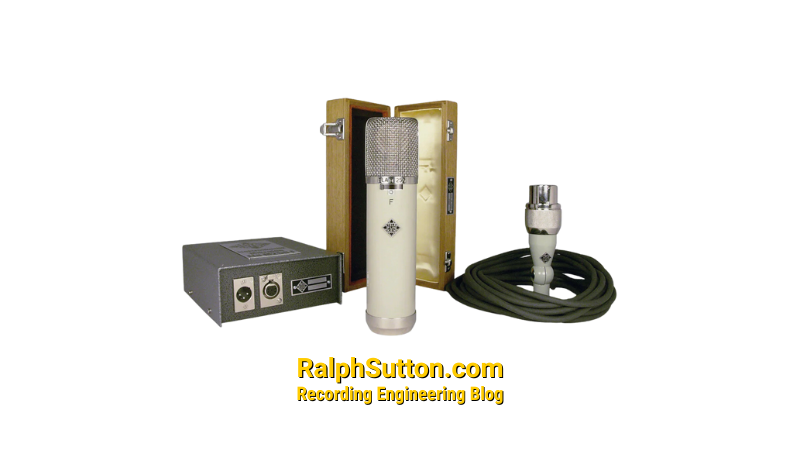
3. AKG C12 – The Modern Glow
Bright, beautiful, and unmistakable—the AKG C12 is a high-fidelity tube mic that brings out the “shine” in a performance.
This mic delivers brilliant top-end sparkle, smooth midrange, and a present but not boomy low end. I like using it on energetic vocalists with precision control—those who have dynamic expression and want to cut through dense instrumentation without sounding sharp.
🔧 Why I Use It:
The C12 delivers a silky, “record-ready” tone straight from the source. I reach for it when I want vocal detail to carry the emotion.
🎙️ Use Case:
Ideal for Pop, modern R&B, and Funk lead vocals—especially when the vocal needs to float effortlessly over keys, synths, or rhythm sections.
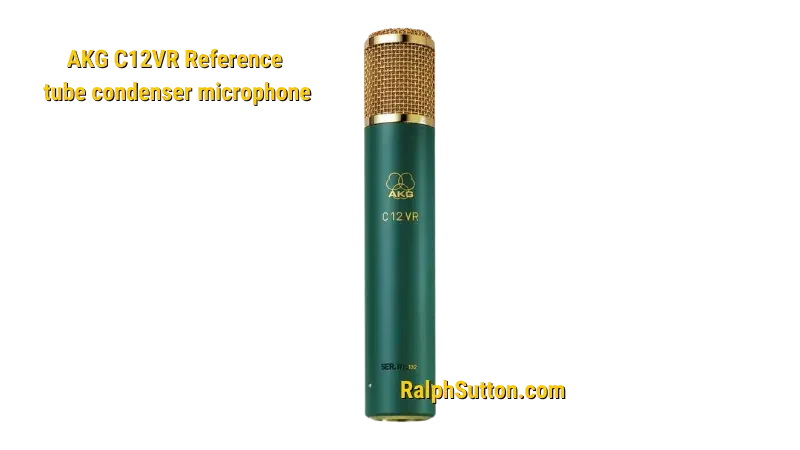
4. Neumann U 47 – The Authority Mic
The U 47 Tube is pure character. It captures vocals with authority, warmth, and a subtle aggressiveness that can’t be faked.
When I’m working with a baritone voice or someone with a commanding tone, this is my go-to. It gives weight and presence without bloating the low end—and it compresses beautifully. The U 47 is one of those mics that just sounds like a record.
🔧 Why I Use It:
The U 47 brings unmatched boldness and presence. It’s my go-to when the performance needs to hit hard and leave a mark, especially in Jazz, Gospel, or Funk.
🎙️ Use Case:
Excellent for deep male vocals, gritty female vocals, or any source that demands punch, attitude, and emotional weight
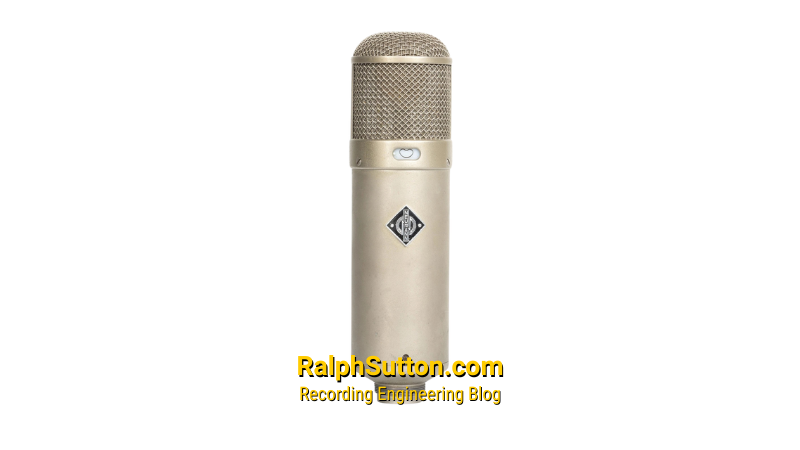
5. Royer R-121 – The Smooth Sculptor
The Royer R-121 is my ribbon of choice when I need to smooth out a voice without losing clarity.
It darkens harsh highs, softens overly nasal midrange, and adds a pleasing weight to vocals that are otherwise too thin or too bright. I also use it in combination with brighter condensers for double-miking techniques—especially on background stacks or room-colored vocals.
🔧 Why I Use It:
The R-121 delivers natural tone without hype. I use it when the session calls for warmth, realism, and a touch of vintage character.
🎙️ Use Case:
Ideal for sibilant or edgy vocals, bright-voiced singers, or anytime I want to tame harshness and add smooth, classic warmth.
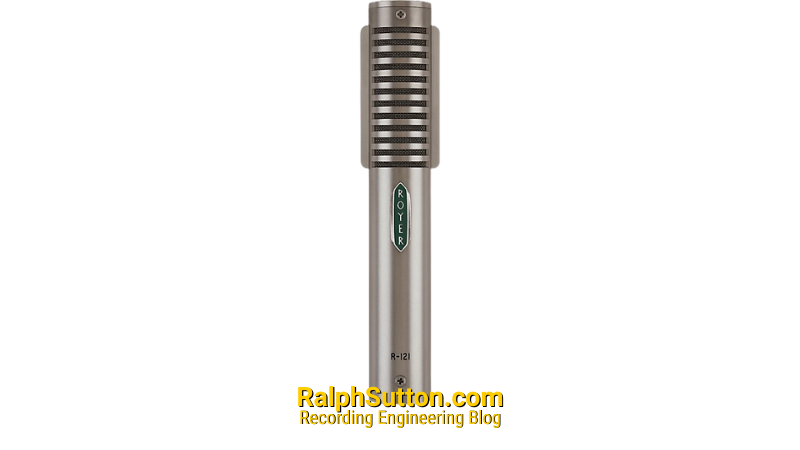
🎯 How I Choose the Right Vocal Microphone for a Singer
🎙️ 1. I Listen for Tone First
Every voice has a dominant frequency character. Some are bright and need taming. Some are smoky and need presence. Some are neutral, and that’s where precision matters most.
If a voice is airy or thin, I might reach for a U 47 or U 67 to bring body.
If a voice is dense or dark, I might pair it with a C12 or 251 to lift the highs without harshness.
If a voice is dynamic and unpredictable, I’ll lean into a mic like the TLM 170 R or R-121 to retain realism without overloading.
🎧 2. Genre Shapes the Choice
For Neo-Soul, I like smooth tube condensers (U 67, 251).
For Jazz, I want intimacy and clarity (U 87, Ribbons, or KM84i on softer phrasing).
For Funk or R&B, the mic must cut—C12s, 414s, and clean tube options all apply.
The genre tells me how the vocal should sit in the mix—and the mic becomes the first instrument that sets that tone.
🛠️ 3. Mic Technique Matters
Not all vocalists work the mic the same. Some need room to move. Some get right up on the grill. A mic with a large proximity effect (like a U 47) can create mud if not managed properly. Others, like the R-121, need a little more gain—but reward you with creamy results.
That’s why hiring a seasoned engineer is critical:
The wrong mic + the wrong distance = hours of unnecessary EQ, compression, and vocal fatigue later
💡 The Mic Is Just a Tool—The Real Value Is in the Ear Choosing It
Any mic can record a voice.
But only the right mic, chosen by the right engineer, captures the magic of a moment.
If you’re ready to stop guessing and start making timeless vocal recordings, then you’re ready to work with someone who brings more than gear to the session—I bring results
🔚 Final Thoughts – Don’t Just Buy Gear. Book the Right Engineer.
There’s a reason why some records move people—and others just exist.
The difference isn’t always the singer.
It isn’t even the gear.
It’s the engineer who knows how to bring the two together.
I’ve worked in world-class rooms with top-tier microphones for over four decades. But what sets my sessions apart isn’t the equipment—it’s the experience, the ear, and the ability to guide a vocal performance into its final form.
The truth is:
🎤 You don’t need 20 microphones.
✅ You need the one that captures your voice at its absolute best.
🧠 Why Artists and Producers Book Me:
I match mics to voices—not trends
I’ve engineered projects that were made to last
I know how to work quickly, quietly, and professionally in high-stakes environments
I work with real musicians—not software presets
🔗 Let’s Get to Work
Whether you’re:
An independent artist ready to record your next project the right way
A producer who wants vocals that cut through the mix with elegance and power
Or a creative professional seeking studio-quality results in a remote session setup
I invite you to work with me directly.
📍 I offer:
Vocal Recording Sessions (Los Angeles-based at pro rooms like EastWest)
Remote Mix Consultations
Full Vocal Production & Editing Packages for artists and producers
👉 Visit the Recording Services Page to book your session or request a custom consultation.
🎙️ The right microphone is only as powerful as the person who knows how to use it.
Let’s make your next vocal recording the best you’ve ever done.
—
Ralph Sutton
Elite Recording Engineer & Mixing Specialist
40+ Years. Hundreds of Sessions.
Ready when you are.
